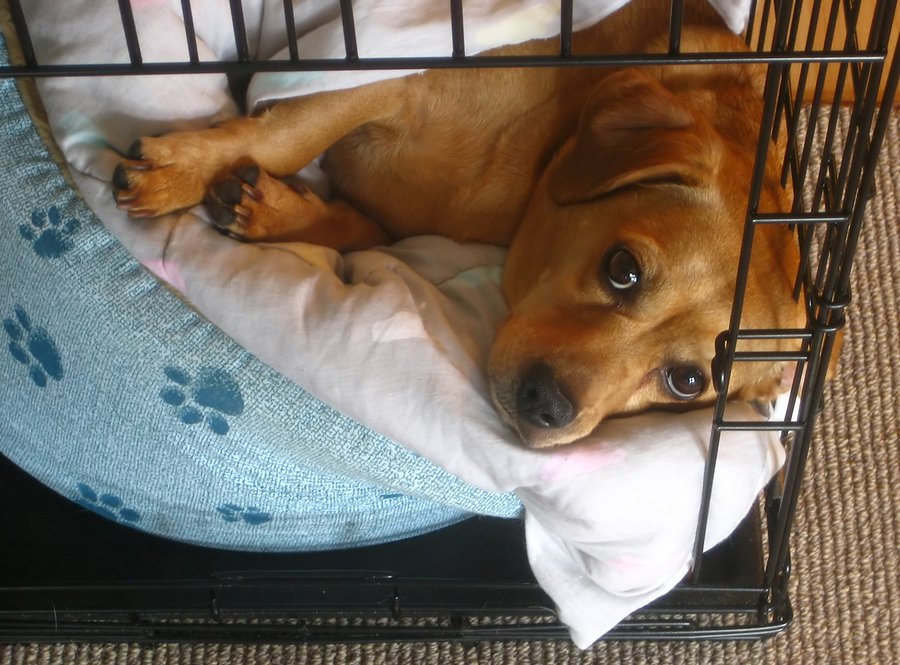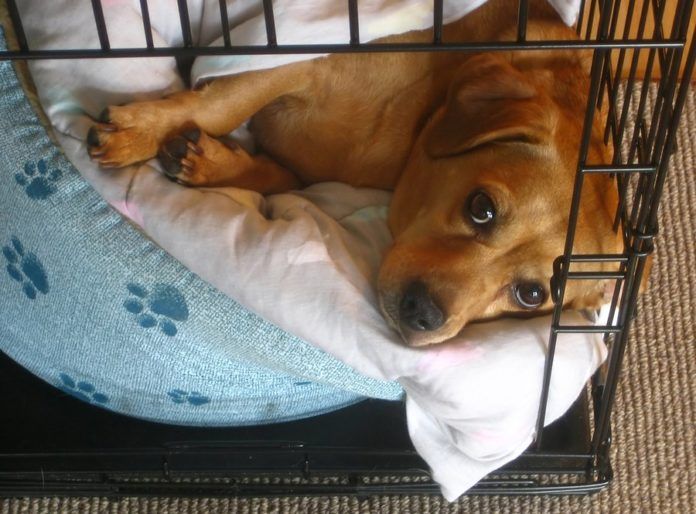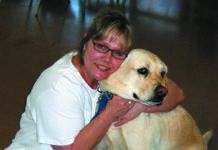The new young dog is coming home, and just like a new baby needs a crib, a receiving blanket, diapers, and so on, a new puppy needs for you to have things on hand, too. Here’s what they are.
1 Metal food and water bowls. The dog’s eating utensils should be made of stainless steel rather than plastic or glass so she can’t chew them, break them, or push them around the room too easily. It’s fine for the two bowls to be identical.
2 The exact food the puppy has been eating. Too many changes all at the same time will make it hard for the puppy to adjust — and may upset her tummy as well. When and if you do switch foods, do it gradually, mixing in more and more of the new with the old.
3 Chew toys, squeaky toys, toys that roll. Let the games begin! Toys can help distract a puppy from her anxiety about being thrust into a new environment. They also provide environmental enrichment. Puppies, just like older dogs, can get bored. Some puppies will want to swallow, not just chew, so be sure the toys are too large to swallow and are tough enough to prevent being chewed into smaller pieces.
4 Head halter or body harness. As we’ve said more than once in these pages, a regular flat collar attached to a leash will not allow for the best communication between you and your dog — throughout her life — when you’re walking together outside. A head halter (for long-nosed dogs) or a body harness (for dogs with very short noses) works better for training and for guiding the dog and helping her comply in general. The sooner she gets used to it, the easier the time you’ll both have.
5 Dog bed. Every dog should have a nice soft bed for napping, sleeping at nighttime, or just hanging out. It adds to her sense of security.
Bigstock


6 Crate. This is very much a last-but-not-least item. Your puppy and later on your adult dog is going to want “a room of her own” to retreat to when she feels like it. It’s like her den. Thousands of years ago, your puppy’s ancestors used dens largely for birthing and tending to newborns. Today’s dogs use dens as places of refuge to remove themselves from the madding crowd. Sometimes they just need to get away from it all. Choose a crate that will have a snug fit — only tall enough for your puppy to stand up without hunching over, just wide enough to turn around, and long enough so that her nose and rear don’t touch ends. (You’ll have to buy a bigger crate as she grows out of her first one.) Best is a crate with solid sides and top and a wired front. That provides the most seclusion while allowing the dog to look out on the household activities if she chooses. Put a soft pad, blanket, or towel to lie down on in the crate. Bumper pads, like in a baby’s crib, are a good idea, too. They’re more comfortable to lean against than wire — and they’re also safer, eliminating the possibility of trapped paws and dental damage.
What not to have on hand
Certain things need to be kept out of your puppy’s reach at all times in order to keep her safe. Keep in mind that puppies are super-inquisitive. The newness of their lives and their environment hasn’t worn off yet.
1 All household cleaners. Fortunately, these do not taste good to dogs, so poisonings from soaps, detergents, and so on is uncommon — but not unheard of.
2 All medicines. Many are coated, which makes them palatable. A dog can consume an entire bottle of ibuprofen in a single sitting. Even one or two pills are potentially toxic.
3 Antifreeze. Just a couple of tablespoons can make a dog really sick, so if you drain your car’s radiator, clean up afterward.
4 Garbage. Things in a garbage can might upset a puppy’s intestinal tract, leading to vomiting, diarrhea, or both.
5 Certain household plants. Granted, we don’t see a lot of plant toxicity in dogs. It’s much more of a cat problem. But do consult with your veterinarian, as some plants can indeed be poisonous to puppies. Different plants have different names depending on what part of the country you’re in; your vet can walk you through any that might pose a problem.
6 Pennies minted in 1983 or later. Such pennies contain zinc. If they are swallowed, the zinc can cause hemolytic anemia — the destruction of red blood cells.





